Zipline, a leading drone delivery company, has unveiled its approach to managing autonomous drone traffic in crowded airspace. In a recent video shared on X (formerly Twitter), the company demonstrates how it utilizes Unmanned Aircraft System Traffic Management (UTM) to ensure safe and efficient drone operations.
The Challenge of Crowded Skies
As drone usage increases, particularly for delivery services, the need for effective air traffic control becomes crucial. Zipline’s system addresses this challenge head-on, treating UTM as “air traffic control for drones in the sky.”
How Zipline’s UTM Works
The UTM system functions like an automated reservation system for drone routes. Here’s how it operates:
- Route planning: When a drone needs to travel from point A to B, it plots a course divided into small blocks of airspace called “volumes.”
- Permission requests: For each volume, the drone requests permission to occupy it for a specific time.
- Conflict resolution: If another drone’s route conflicts with an existing reservation, the UTM system alerts it to find an alternative, safely deconflicted route before takeoff.
“This system not only enhances safety, making sure other drones don’t run into each other, but it also allows for the operation of drones on a large scale ensuring efficient reliable deliveries without airspace congestion,” Zipline explains in the video.
Implications for Drone Delivery Services
The implementation of such a system is critical for companies like Zipline as they expand their drone delivery operations across the United States. With ongoing partnerships in states including North Carolina, Arkansas, and Utah, efficient traffic management will be key to scaling up drone delivery services.
DroneXL’s Take
Zipline’s UTM system represents a significant step forward in drone traffic management. As the drone delivery industry continues to grow, such systems will be crucial for maintaining safety and efficiency in our skies. Zipline’s partnership with NASA to develop UTM solutions further underscores the importance of this technology. With the company’s extensive experience in managing autonomous drone fleets, their insights could prove invaluable in shaping the future of unmanned aircraft integration into national airspace. As drone deliveries become more commonplace, we can expect to see similar systems adopted widely, paving the way for a new era of aerial logistics.
Discover more from DroneXL
Subscribe to get the latest posts sent to your email.
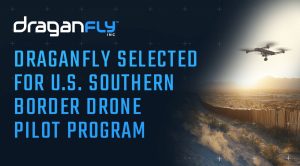
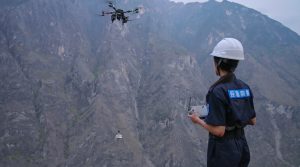


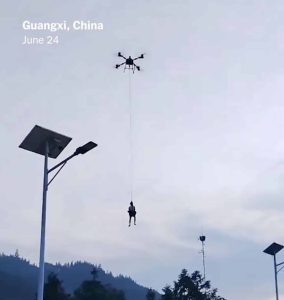
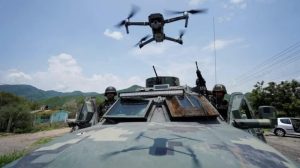

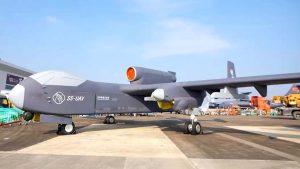
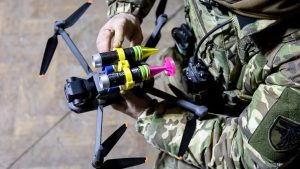
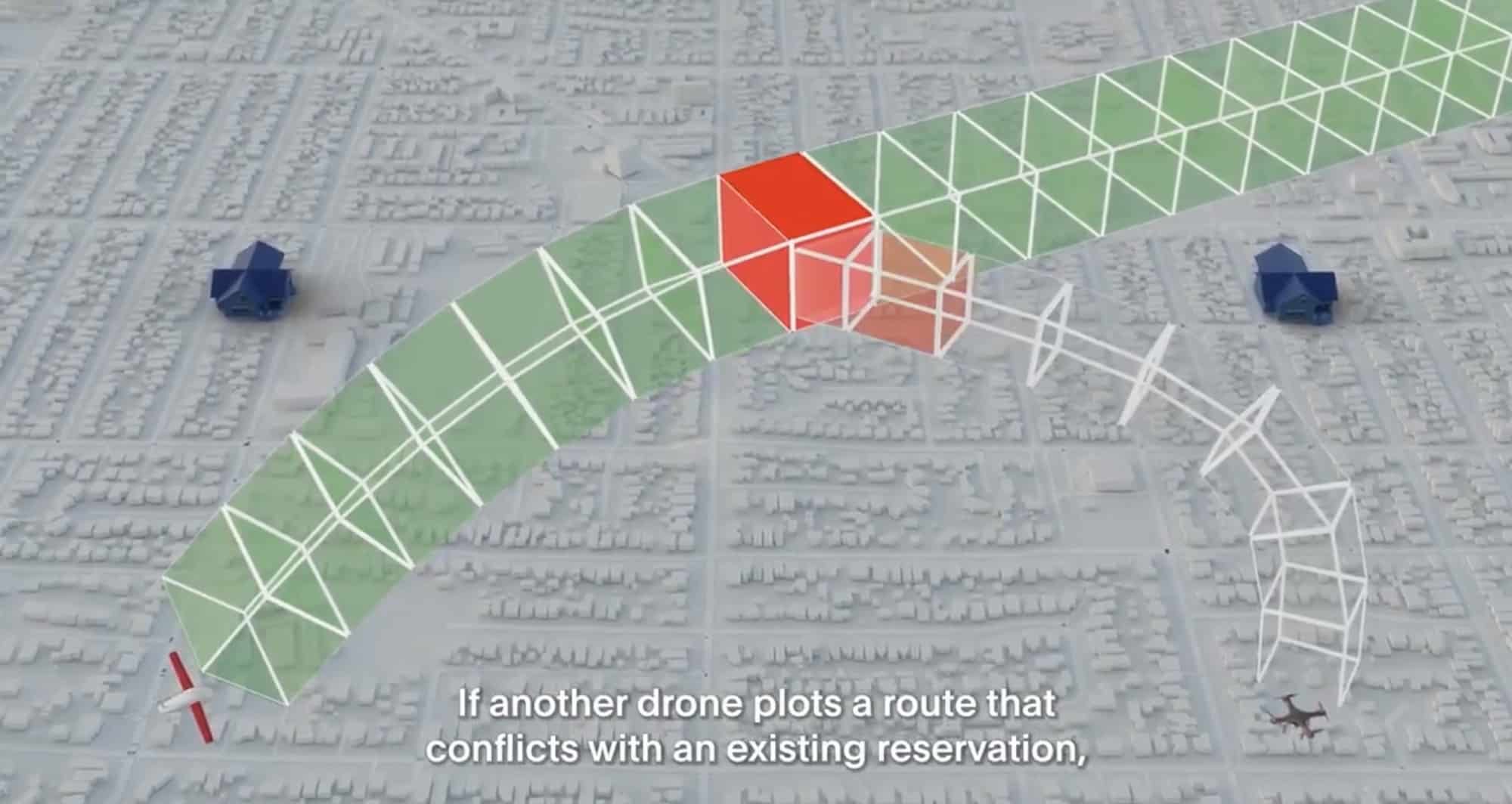

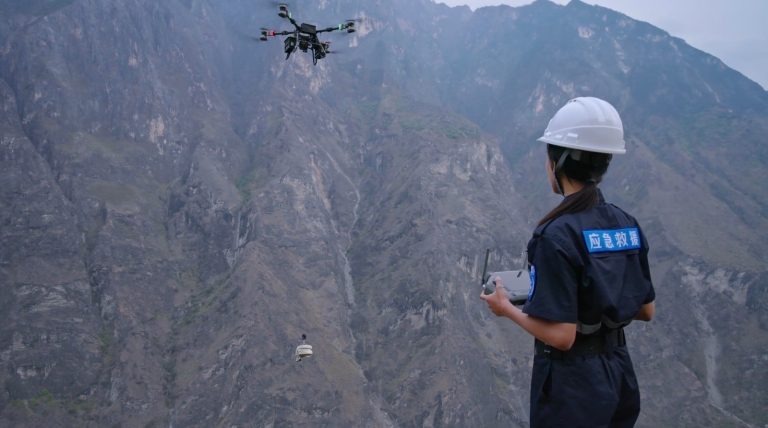
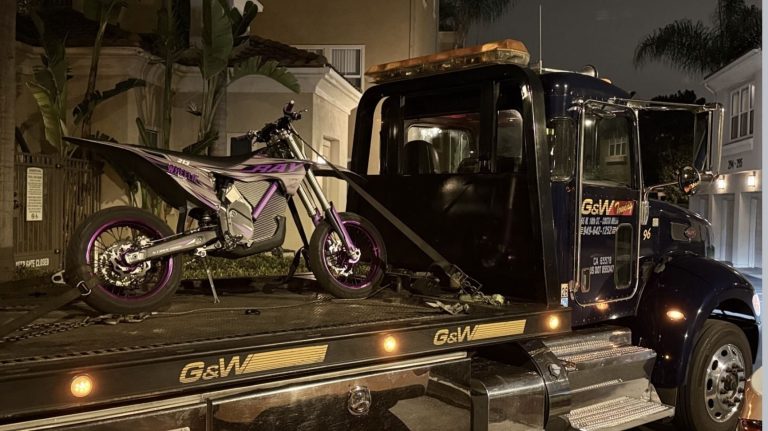

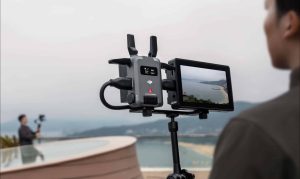

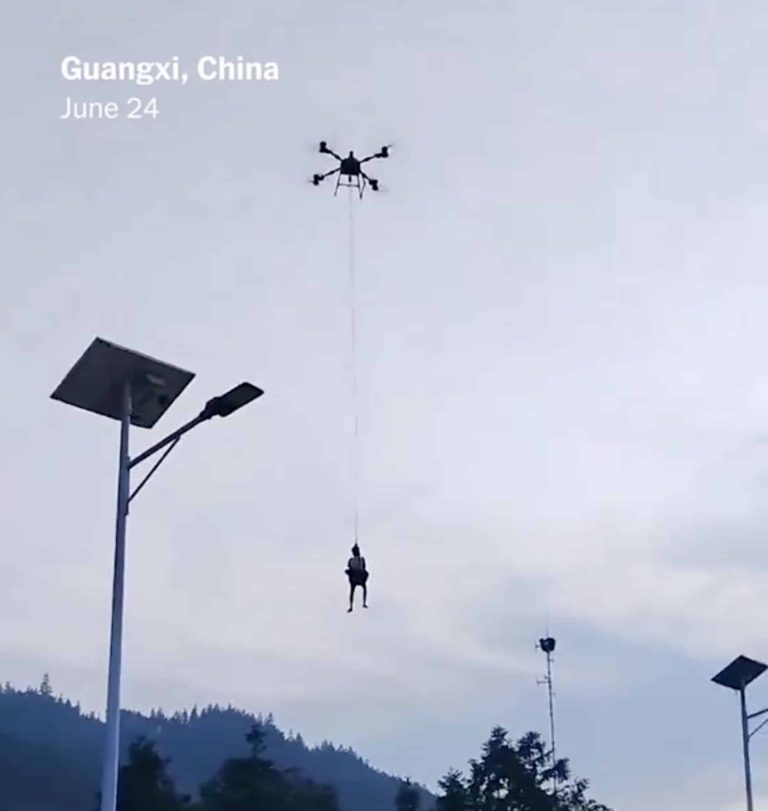
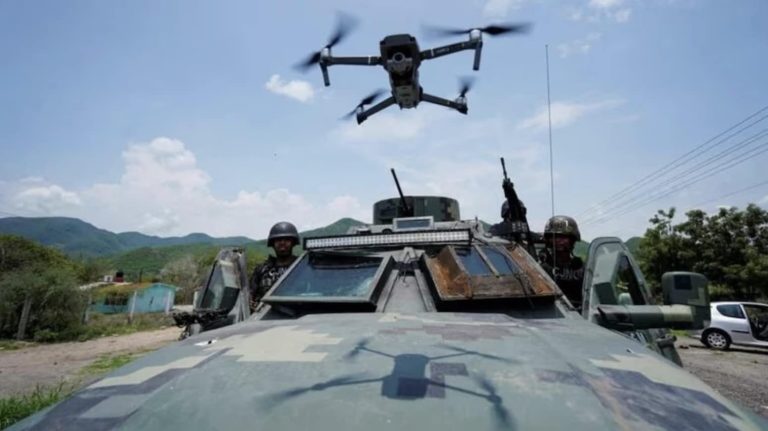
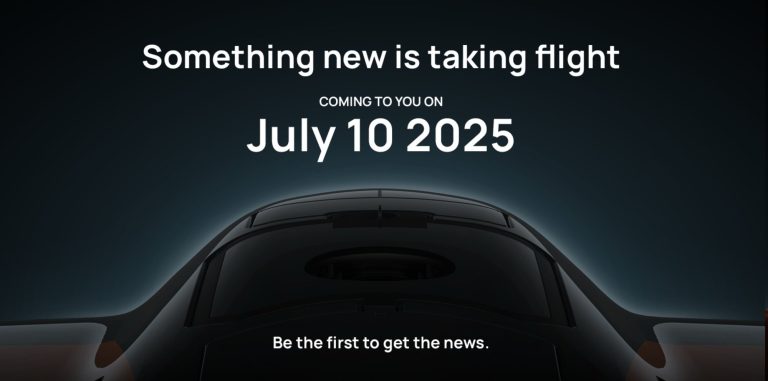
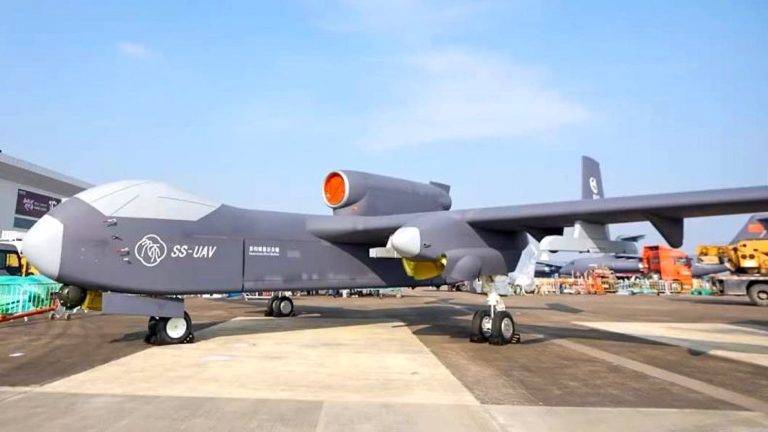
+ There are no comments
Add yours